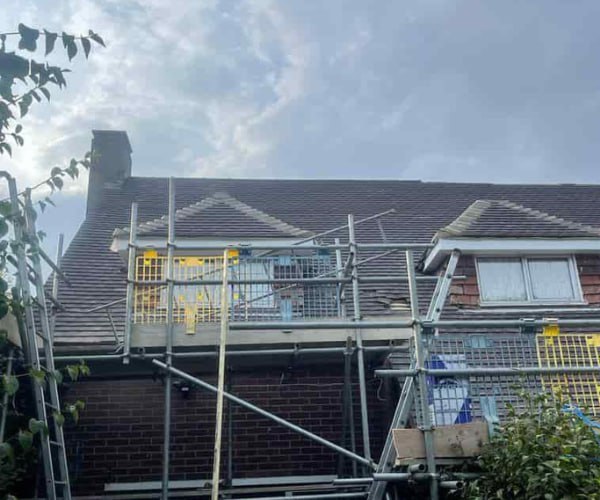Roof Maintenance vs. Roof Inspections: What’s the Difference?
Introduction: When caring for your roof, it’s essential to understand the distinction between roof maintenance and roof inspections. Both are crucial components of a proactive roof care strategy, but they serve different purposes and involve different tasks. In this blog post, brought to you by BMT Roofing Wollaston, we will clarify the difference between roof maintenance and inspection, helping you make informed decisions about your roofing needs.
Roof Inspections: The Foundation
Roof inspections are like the foundation of a comprehensive roof care plan. They are regular, systematic examinations of your roof’s condition, structure, and components. Here’s what you need to know:
- Frequency: Roof inspections should be conducted regularly, typically annually. Additional inspections may be necessary after severe weather events or if you suspect damage.
- Purpose: The primary purpose of a roof inspection is to identify any issues, damage, or potential problems with your roof. It’s a diagnostic tool that helps determine the current state of your roof.
- Professional Service: Roof inspections are typically performed by trained roofing professionals or inspectors. They thoroughly assess your roof’s surface, materials, and structural components.
- Documentation: After the inspection, you will receive a detailed report outlining the findings, complete with photographs and recommendations. This report is a valuable reference for addressing any necessary repairs or maintenance.
Roof Maintenance: The Action
Roof maintenance goes beyond inspections and involves taking action to preserve and extend the life of your roof. Here’s what distinguishes roof maintenance:
- Preventive Measures: Roof maintenance includes proactive measures to prevent issues and protect your roof. These measures can range from cleaning gutters and downspouts to removing debris from the roof surface.
- Repairs and Improvements: Roof maintenance also encompasses necessary repairs and improvements based on the findings of inspections. It involves addressing any issues identified during inspections promptly.
- Regularity: Roof maintenance tasks should be performed regularly throughout the year. Cleaning gutters, sealing flashing, and replacing damaged shingles are some examples of routine maintenance tasks.
- DIY or Professional: While some roof maintenance tasks can be DIY projects, others, especially major repairs or improvements, should be handled by professional roofing contractors.
Combining the Two
To ensure the optimal health and longevity of your roof, it’s best to combine both roof inspections and roof maintenance:
- Inspection First: Conduct a thorough roof inspection to identify any existing issues or potential problems.
- Maintenance Plan: Based on the inspection findings, create a maintenance plan that outlines the necessary tasks and repairs to address any concerns.
- Regular Maintenance: Execute your maintenance plan by performing routine tasks and addressing issues promptly.
- Follow-up Inspections: Schedule follow-up inspections to assess the effectiveness of your maintenance efforts and catch any new issues.
Conclusion: Roof maintenance and roof inspections complement an effective roof care strategy. While inspections diagnose the state of your roof, maintenance takes action to prevent issues and address problems promptly.
Call us on: 01933 823 289
Click here to find out more about BMT Roofing Wollaston
Click here to complete our contact form and see how we can help with your roofing needs.

